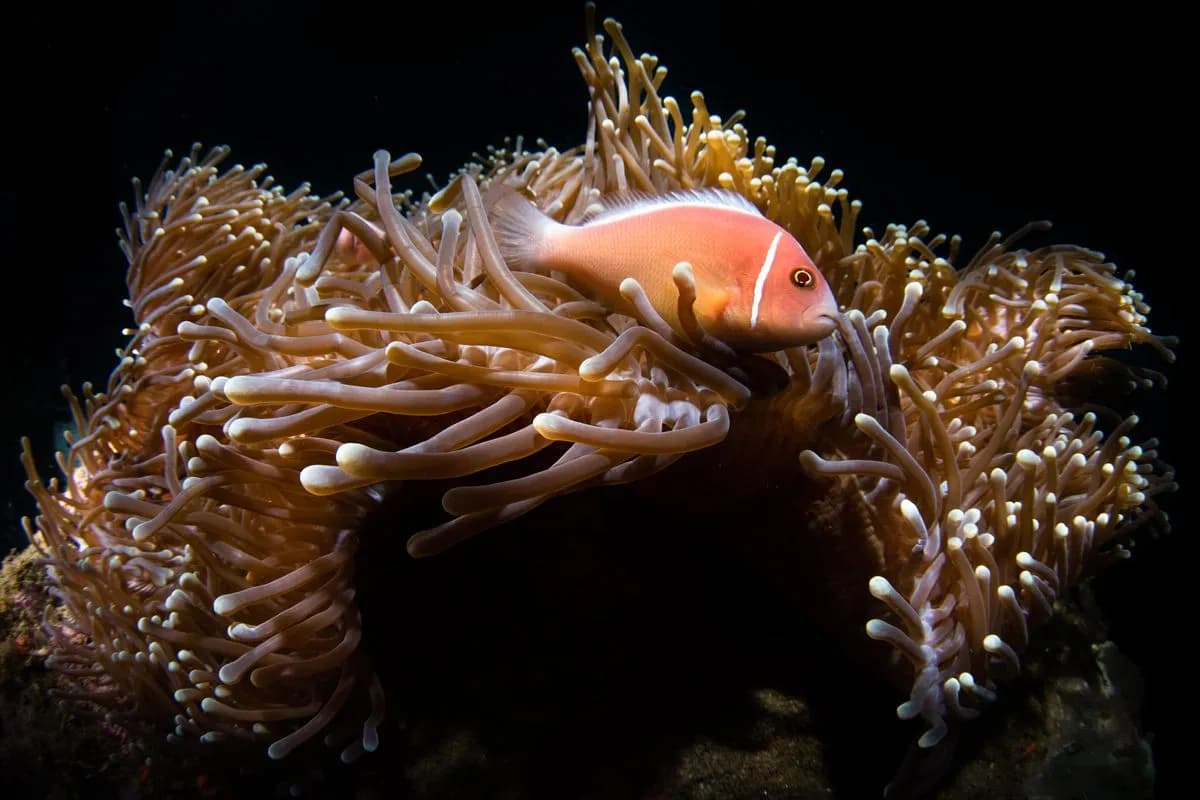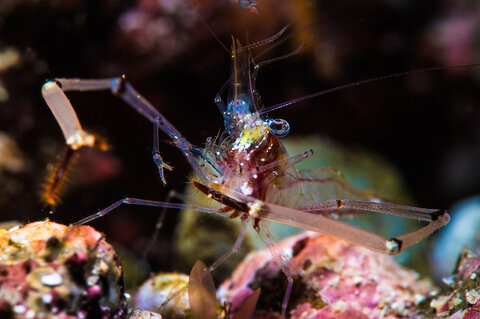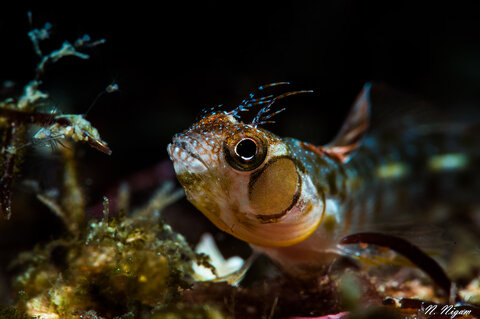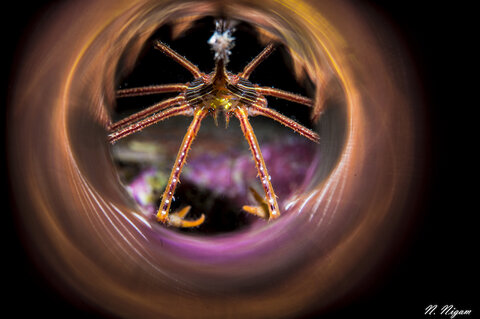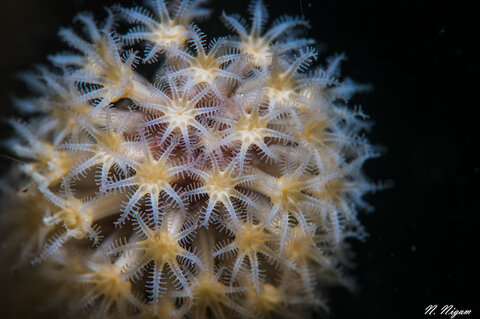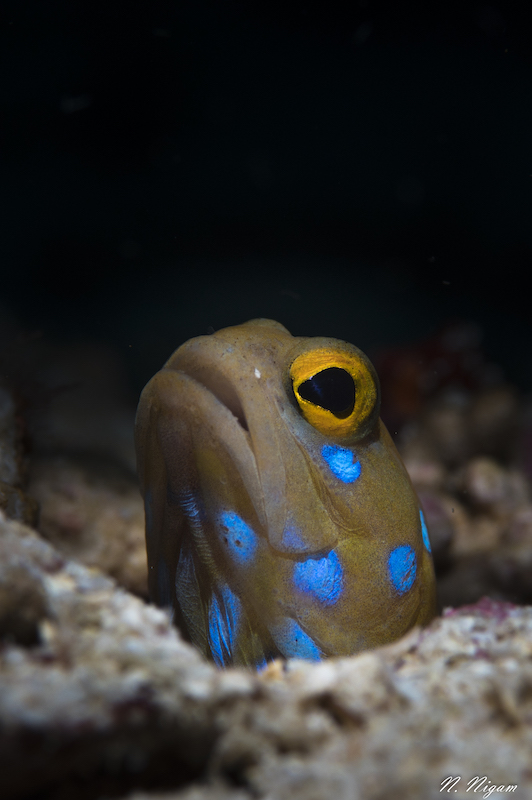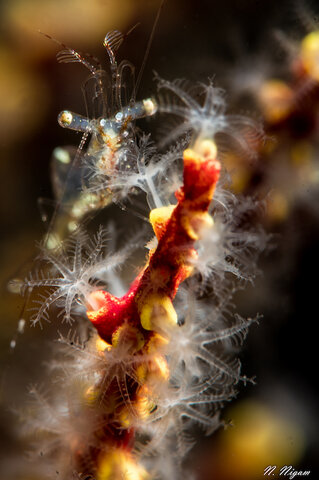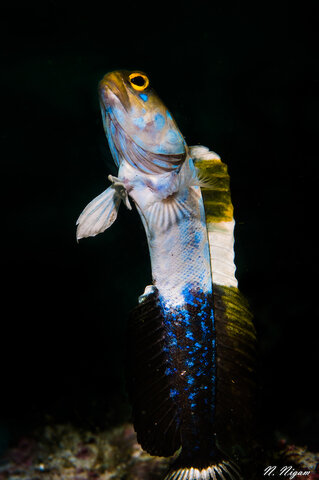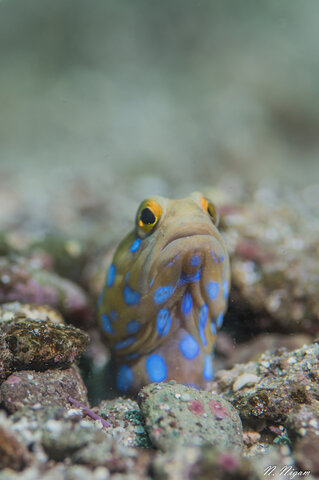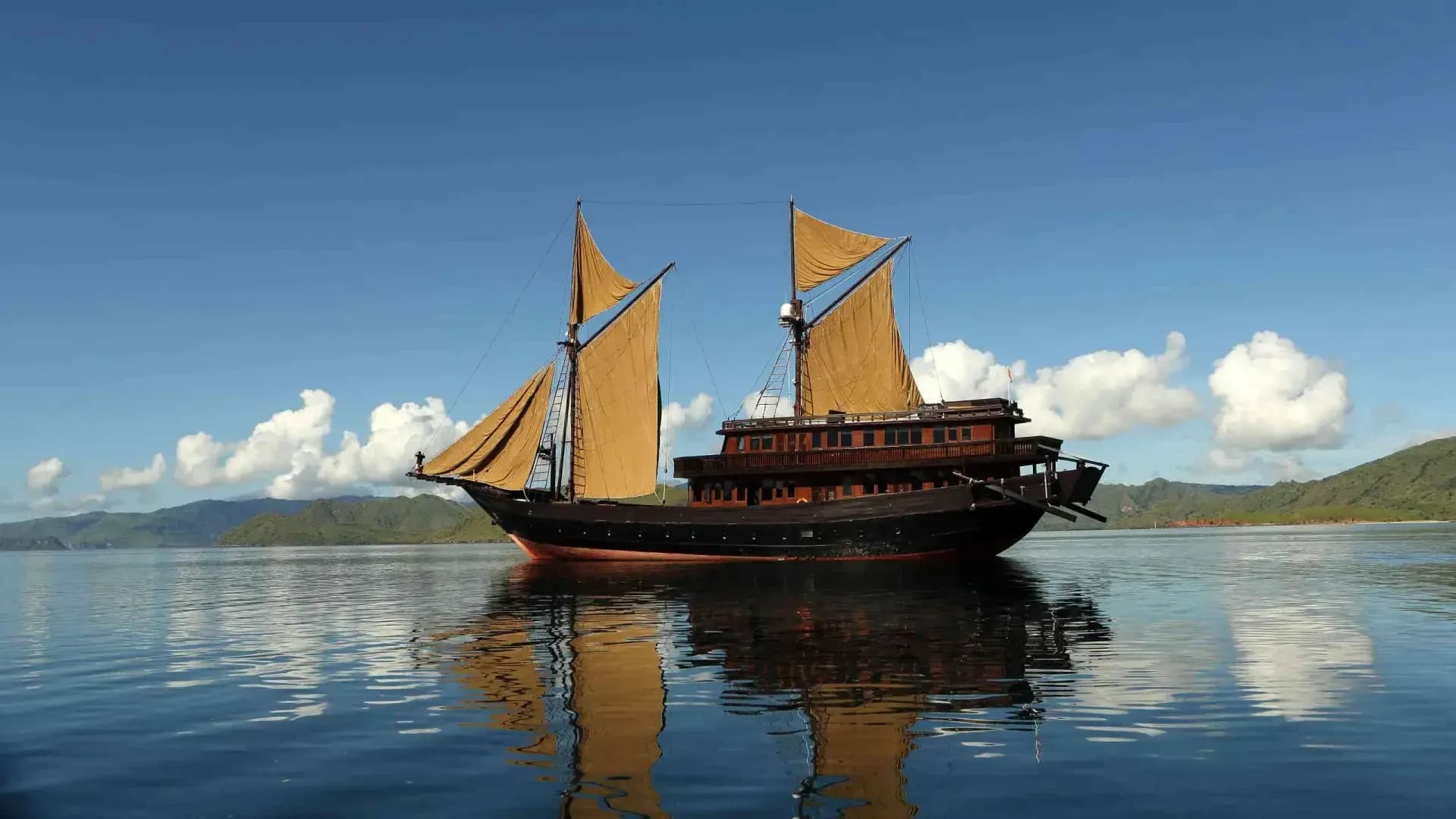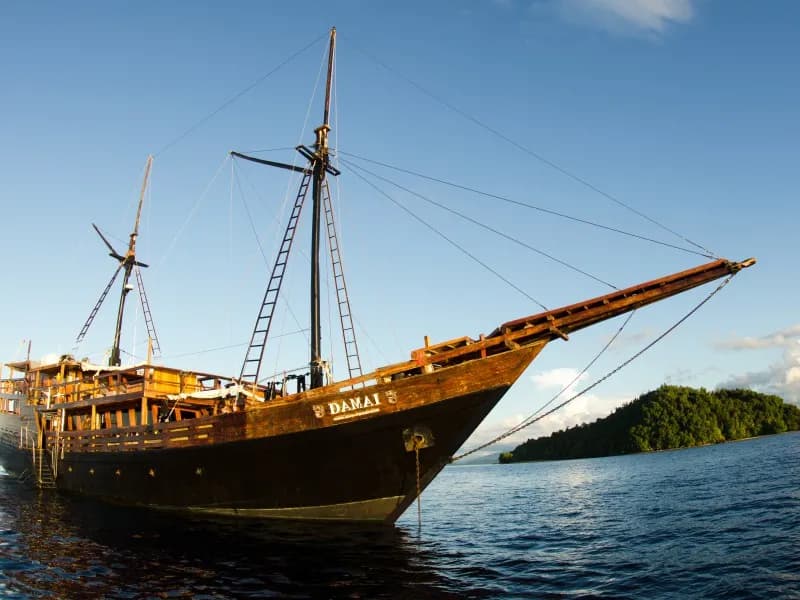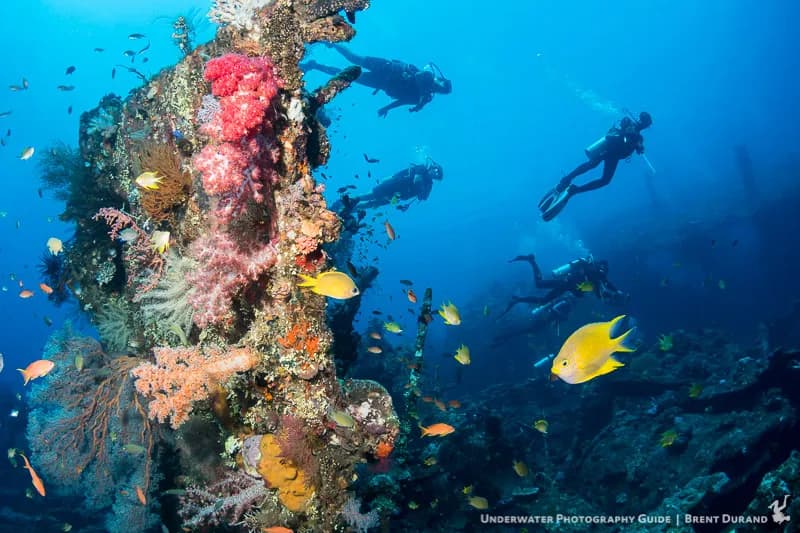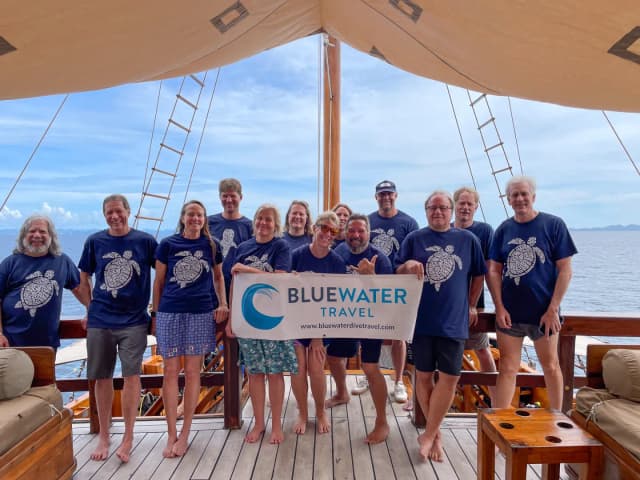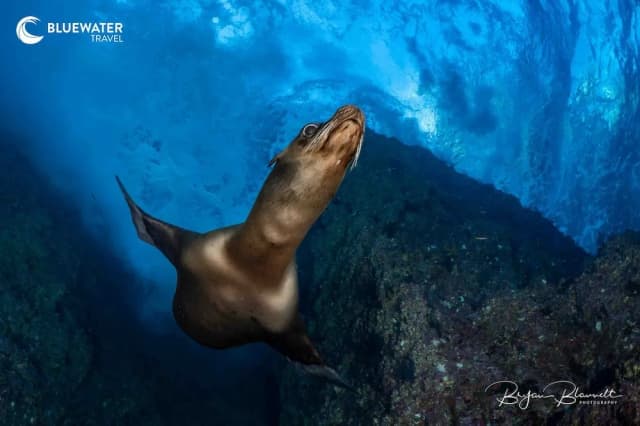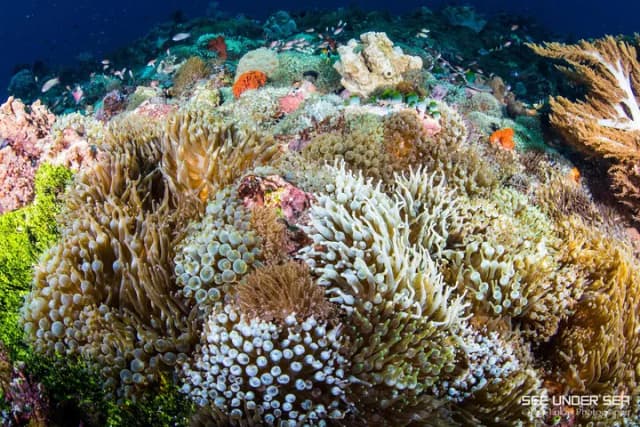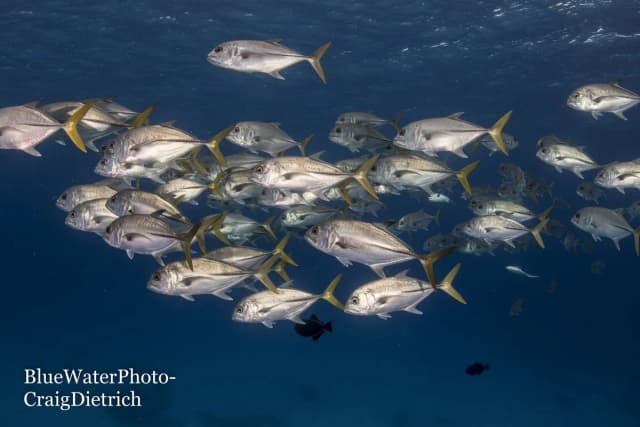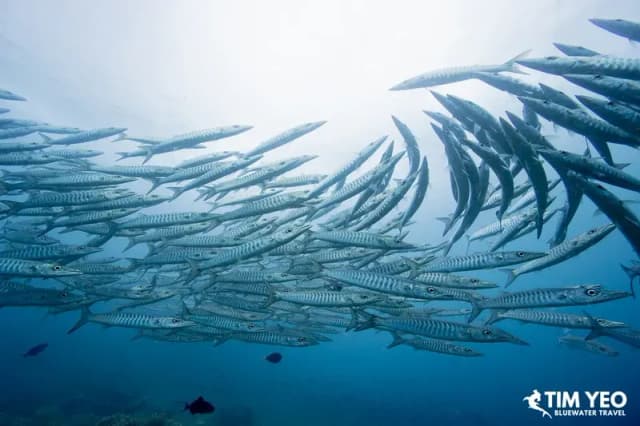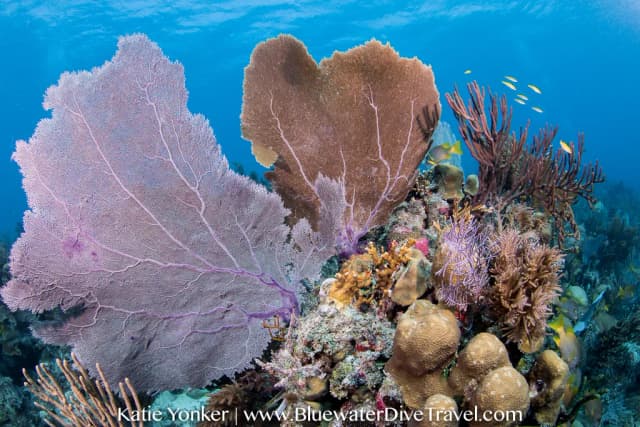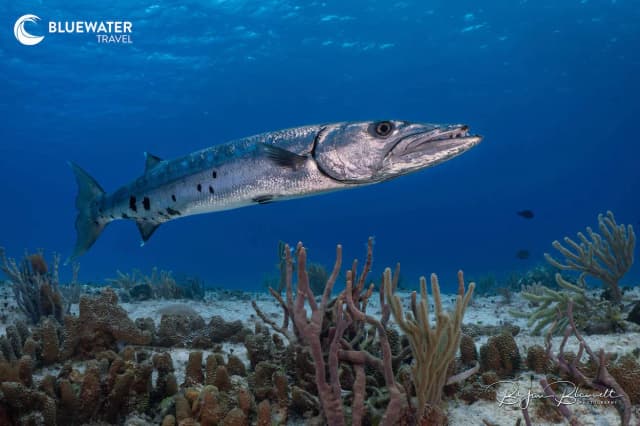Looking For The Best Underwater Macro Photography Destinations In The World?
Underwater macro photography is an addiction that is hard to break. Photographers can sometimes take more than an hour watching or photographing a single subject. People return to the same destination year after year, finding new subjects each time. This article outlines our top six favorite destinations for underwater macro photography: Anilao, Lembeh, Dumaguete, Sea of Cortez, Bali, and Raja Ampat.
1. Anilao, Philippines
Diving in Anilao has been a favorite pastime among Manila residents for a long time, but until recently Anilao was a semi-secret even to pros like Roger Steene. However, the area has become increasingly popular in the last decade as Anilao has received more visibility in the USA, Europe and the rest of Asia. Combining Anilao with a trip to Puerto Galera or even Dumaguete (another great macro diving destination on this list) is common.

Getting There
Anilao is an easy 2.5 to 3-hour van ride from Manila Airport. As you approach Anilao, youll see the dramatic coastline and azul water off the right side of the winding road.


Marine Life
Anilao has it all: macro, muck, rubble, soft coral forests, walls, anthias-filled reefs, and a couple of wrecks. Well, everything small, that is. Don't expect big fish or big animals, although you might encounter the occasional turtle. Bring your macro lens, your super macro diopter, and your multipliers because Anilao is known for having the smallest of the small, and it is a beautiful thing. Seahorses, pipefish, nudibranchs, bobbit worms, frogfish, blue-ring octopus and more await you.
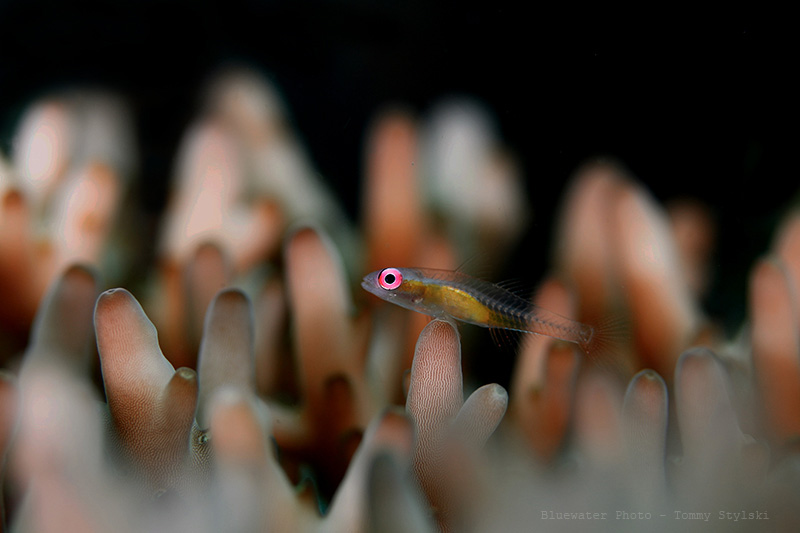

What Makes Anilao Special
Very few places approach the diversity of Anilao. Whether it is nudibranchs, pygmy seahorses, frogfish, reef fish, or shrimp the variety of marine life in Anilao is really world-class. And, like Lembeh, the guides in Anilao are specially trained for spotting small critters for the most discerning macro photographer. Having a guide in Anilao will spoil you for the rest of your diving career.
In addition, Anilao is one of the most affordable underwater photography hotspots to dive. Flights to Manila from the US are frequent and inexpensive, and resorts are well-run and attractively priced. Dive sites are generally 5 to 15 minutes from the resorts, and this proximity makes it easy to go out for one or two dives at a time.
Some resorts also offer "blackwater" night dives in deep water, bringing divers face to face with larval-stage fish and critters. These subjects can be small and difficult to photograph, but the results are mind-blowingly beautiful pictures. Blackwater dives can allow you to see extremely rare creatures but beware, they can be very addictive!
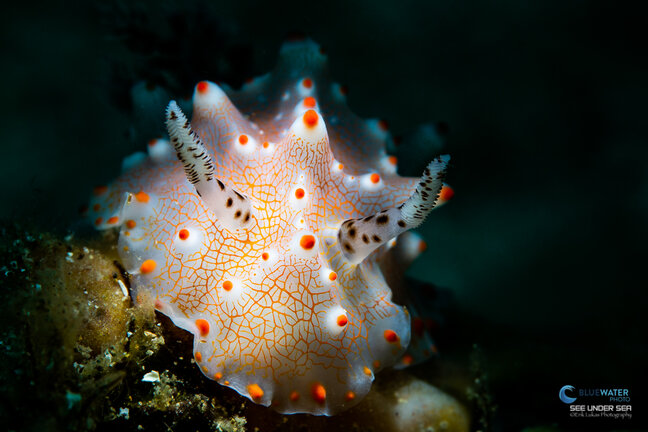
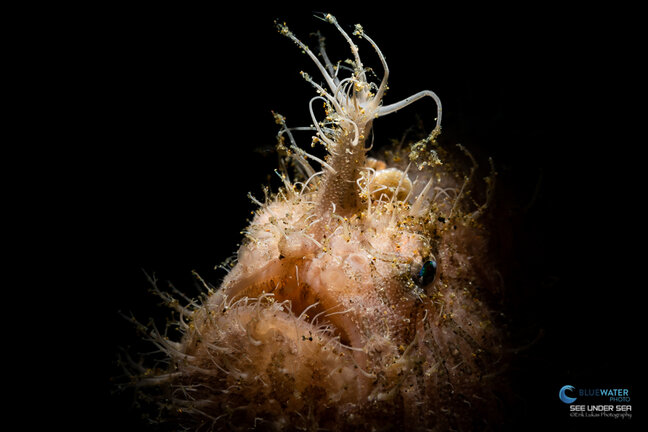
When To Go
Anilao is most popular from November to June, as mid-June to mid-November is the monsoon season. However, diving conditions can be excellent during those summer/fall months when the weather is good. The water does cool down slightly in January, February and March, but this is also the time with the highest concentration of critters. April and May offer the sunniest skies but also the highest number of divers in the water.
Resorts
Anilao has a variety of budget to mid-range resorts. The better resorts like Crystal Blue and Aiyanar have been upgrading continuously throughout the last few years and are very comfortable places to stay at a modest price.
2. Lembeh Strait, Indonesia
Larry Smith pioneered the amazing dive sites of Lembeh in the 1990s, and dedicated critter hunters and macro photographers have been flocking there ever since.

Getting There
To get to Lembeh, one usually takes a direct flight from Singapore to Manado, Indonesia, although flights are not daily. You can also fly from Jakarta or Bali. From Manado, the dive resort will transport you over land and via boat to the resort, a 1.5 to 2 hour journey. Lembeh is often combined with a trip to the nearby islands of Bunaken, Siladen, or Bangka, or slightly further away destinations like Raja Ampat.

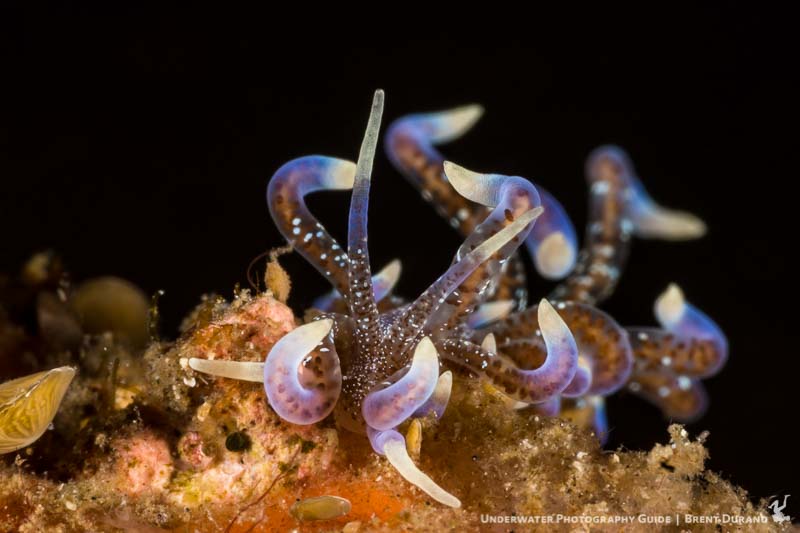
Marine Life
Instead of asking what is found in Lembeh, it is easier to ask what is not. Lembeh is where you can discover rhinopias, hairy frogfish, and where many divers see their first wonderpus, mimic, or blue-ring octopus. Seahorses and pipefish of all shapes and sizes are common, as are an inordinate number of nudibranch species.
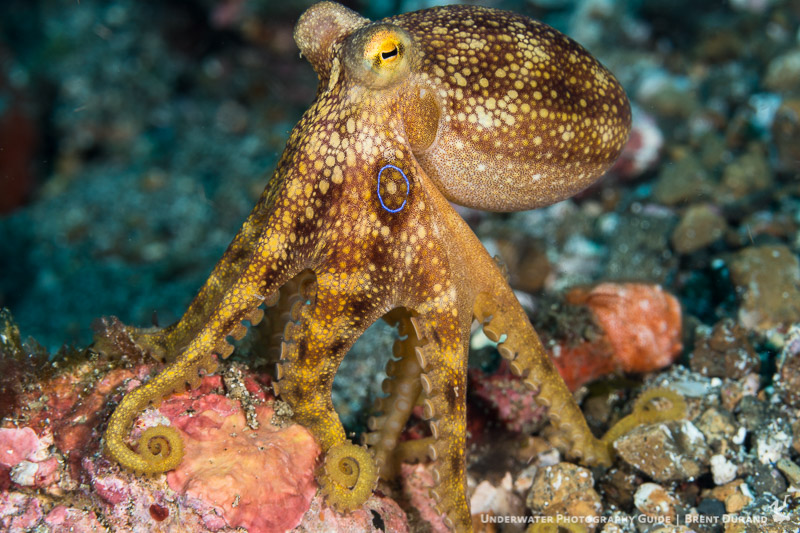
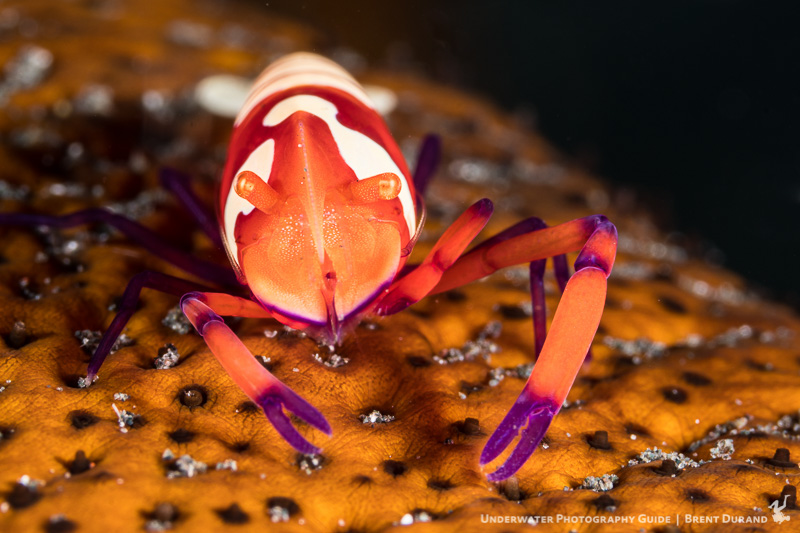
What Makes Lembeh Special
Lembeh has a diversity of muck diving and critter sites that exceeds most other destinations. It is known as the muck diving capital of the world for good reason. This is hardcore critter diving. No place can match the number of frogfish, octopus, seahorses, and other small muck/macro/sand critters. There are not a lot of reefs or wrecks here, just a plethora of high-quality macro sites, usually a short boat ride from your resort, that you will never get bored with.
Lembeh Strait is all black sand diving, allowing for dramatic pictures. There are a lot of fish and critters that are special to Lembeh, like the Banggai Cardinalfish, Denise's Pygmy Seahorse and the Hairy Ghost Pipefish.
Lembeh is also off the beaten path, just enough so it doesn't get too crowded, but conveniently located near other excellent macro photography dive sites. Transfers to Bunaken, Manado, Gangga and Bangka resorts by boat are possible.

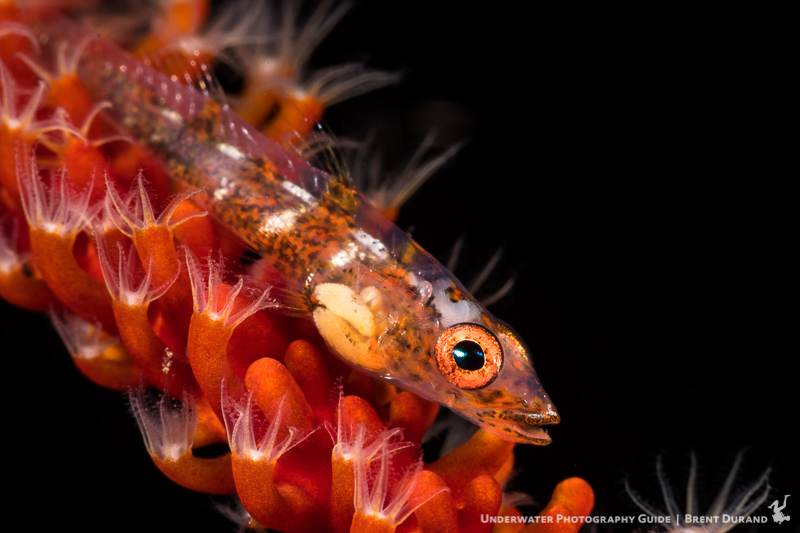
When To Go
Lembeh is a year-round destination. Just keep in mind that the water cools down during the summer months of July & August.
Resorts & Liveaboards
Lembeh offers a wide selection of accommodations, from budget to high-end resorts like the Solitude Lembeh Resort; several small "specialty" resorts are also available. Many have excellent house reefs.
The KLM Sunshine is a three-deck traditional Indonesian phinisi that explores some of the more remote dive spots in North Sulawesi, including Lembeh.
3. Dumaguete, Philippines
Dumaguete is known for exceptional macro photography subjects and has the added benefit of being a family-friendly destination. The shallow, silty-bottomed dive sites house a variety of life, from tiny nudibranchs to reef fish. There's also plenty on offer for divers who prefer reefs or a mixture of macro and wide-angle photography.
Getting There
On Negros Oriental island near Cebu, Dumaguete is a short 45-minute flight from Manila, and there are numerous flights each day. The resorts are a short 20 to 30-minute drive away from Dumaguete airport.
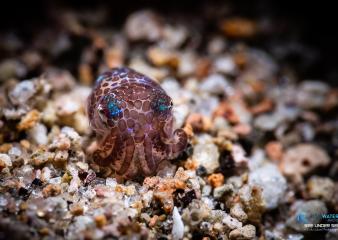
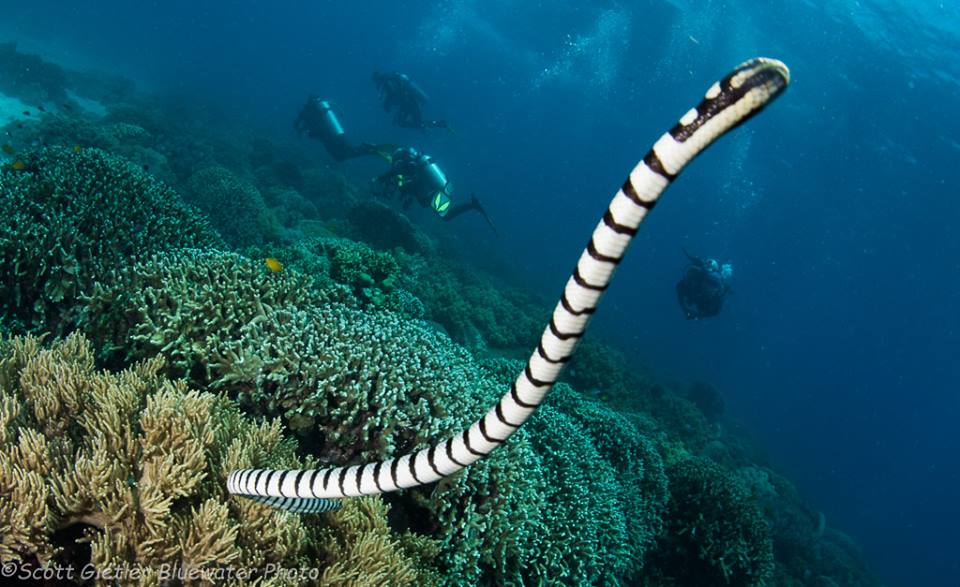
Marine Life
We'll divide the diving in Dumaguete into three locations:
Firstly, there are outstanding macro sites along the sprawling coastline. Within 15 minutes up and down the coast lie a dozen top-quality macro sites that offer a mix of sand and reef diving opportunities. Frogfish, eels, shrimp, nudibranchs, mandarin fish, octopus, and more are found on a consistent basis. A good day at these sites will rival a day in Lembeh or Anilao.
Secondly, Apo Island, a 30-minute boat ride away, offers some of the best coral reef diving in the Philippines. There are giant schools of jacks, hundreds of photogenic turtles, sea snakes, walls, and reef fish.
Thirdly, snorkeling with whale sharks in Cebu is a very special experience. Dozens of fully-grown whale sharks are fed krill by fishermen in clear blue waters. That said, it is not for everyone, as there can be a lot of tourist boats in the water, all fighting to see the whale sharks. It does tend to be very well organized and controlled, and swimming just a few meters from the line of boats will usually get you far enough away from anyone else.



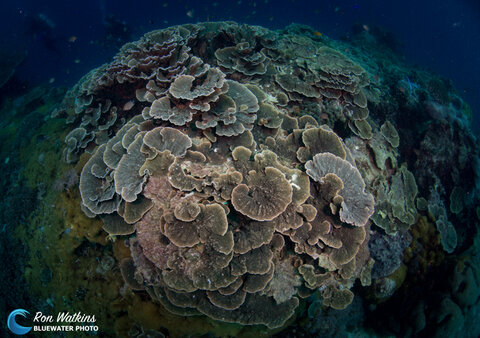
What Makes Dumaguete Special
Dumaguete resorts are in a class of their own when it comes to luxury. They cater not just to divers, but also to snorkelers and non-divers who are sure to have a trip of a lifetime enjoying the excellent food, pools, spas and ocean waters. If you ever wanted to take a non-diving spouse, friend, or family member on a trip, this is the place to do it.
No other place in the world can offer what Dumaguete offers in terms of excellent macro, incredible wide-angle reefs at Apo Island, and an almost guaranteed whale shark experience. From big to small, from drab to colorful, you have all of your photography bases covered here.
The snorkeling off the coast is also world-class, with colorful reefs often just meters from the shore in shallow water. At Atmosphere Resort, you can see countless reef fish by simple snorkeling in the surrounding waters.
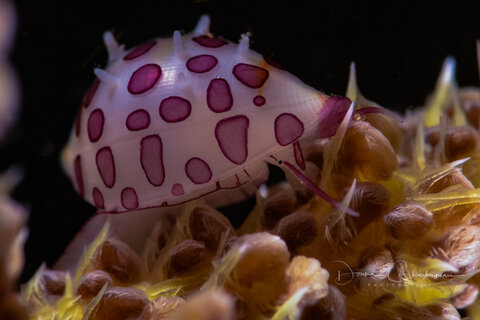

When To Go
Dumaguete is a year-round destination, although rain can be expected during the late summer and fall months. It is affected less by monsoons than other areas of the Philippines. The first half of the year is high season boasting the sunniest skies, while Sep/Oct can offer amazing cephalopod mating experiences.
Resorts & Liveaboards
Boasting high-end resorts like Atmosphere Resort, Atlantis Dumaguete Resort, and Salaya, few places in the world offer as much luxury as Dumaguete for such a reasonable price. Service levels, food quality, upkeep of the grounds, etc., are all at the highest standards.
For Liveaboards options, you have the M/V Discovery Palawan.
4. Sea Of Cortez, Mexico
The Sea of Cortez is primarily known for thrilling encounters with large animals, including dolphins, orcas, sharks, and whales. However, the region is also home to a robust array of macro species and a liveaboard in the Sea of Cortez gives divers the opportunity to explore the best of both.
Getting There
If you're reading this from North America, the Sea of Cortez is easily accessible. You'll find most dive resorts are in Laz Paz, which is serviced by Manuel Mrquez de Len International Airport (LAP). There are flights to LAP from many major cities, but the most frequent are from Mexico City, Guadalajara or Los Angeles.
Marine Life
Typically, the Sea of Cortez is more well-known for big animals such as whale sharks and hammerhead sharks. But, if you focus your attention on the Northern Sea of Cortez, particularly around the Midriff Islands area, there are tons of great underwater macro photography opportunities.
Some of the tiny critters you'll find while diving the Sea of Cortez include many different species of nudibranchs, jawfish, snails, pike blennies, signal blennies, and various crabs and shrimps.
What Makes The Sea Of Cortez Special
The Sea of Cortez is special because it is easily accessible for most people in the United States and because it is a world-class diving destination. There are also a lot of different ways to go diving; there are dive resorts that offer multi-day dive packages, operators for single dives and liveaboards for people who want to maximize their time in the water and get priority access to the best dive sites before the crowds show up.
When To Go
If you're looking for the warmest waters, the best time to dive the Sea of Cortez is August to November, but if cooler waters don't put you off, you'll find the dive sites less crowded during the winter months. Water temperatures range from 65F (18C) in the winter to 86F (30C) in late summer, which is quite a big difference, so choose wisely!
Resorts & Liveaboards
If you are looking for an all-out diving trip, there are some excellent dive resorts located around the coast of the Sea of Cortez, like the Club Cantamar Resort in La Paz, which has a large fleet of dive boats or the Cabo Pulmo Beach Resort in Cabo Plumo if you're looking for a smaller, more intimate resort with great diving directly from the shore.
Other options include some great liveaboards in the region, such as the Rocio del Mar and the Nautilus Gallant Lady Liveaboard.
5. Raja Ampat, Indonesia
Raja Ampat is world-famous among scuba divers and avid snorkelers due to its having some of the most incredible marine biodiversity on the planet. Many dive sites have strong current and striking underwater pinnacles perfect for wide-angle photography, however, amongst the reefs you will find plentiful macro life to hone your photography skills.


Getting There
Getting to Raja Ampat isn't as easy as some of the other destinations in this article, but oh, is it worth it (more on that in a minute, though). After flying into Jakarta International Airport (CGK), you'll most likely have to spend the night in a nearby hotel and catch a 4-hour flight to Sorong (SOQ), where most liveaboards depart.
Marine Life
While Raja Ampat isn't always the first place that comes to mind when thinking of underwater macro photography destinations, you'd be forgiven for thinking of the larger marine life that lives in these waters, but it truly deserves a place on this list. You can expect to shoot shrimps, eels, squid, jawfish, blennies, and gobies when it comes to macro photography, but you'll also encounter more species of fish here than almost anywhere else in the world. Jacks, barracuda, Napoleon wrasse, trevally, and bumphead parrotfish are common, and you can also expect to see pygmy seahorses and many nudibranchs on most dives.

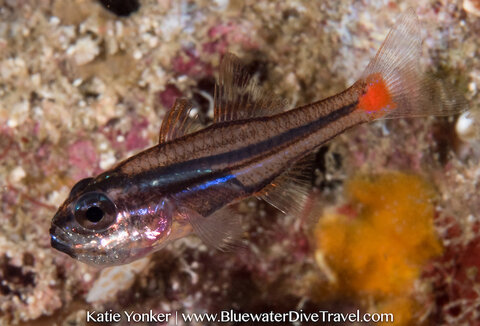
What Makes Raja Ampat Special
Diving in Raja Ampat is unlike anywhere else. Healthy coral reefs are home to one of the most diverse selections of fish species anywhere in the world. Most diving in Raja Ampat is done via a liveaboard to reach the best dive sites, which means there are lots of great options to choose from. If you're interested in a liveaboard trip, then Raja Ampat should be at the top of your list.

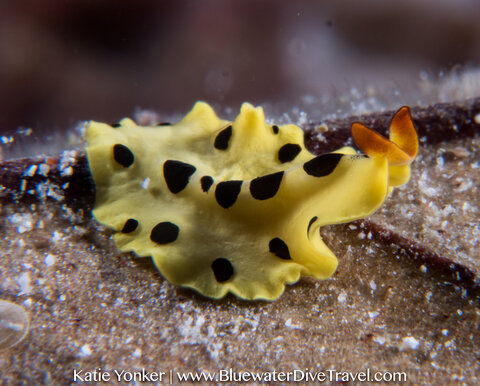
When To Go
The best time to go diving in Raja Ampat is October to May, as the seas are calmer, there is less rain, and the visibility tends to be better.
Most liveaboards won't operate between mid-June and mid-September as it's monsoon season. You may find that some liveaboards are running during these months, but the diving is challenging, and Southern Raja Ampat becomes inaccessible, so they'll stay in the northern and central areas.


Resorts & Liveaboards
Most diving is done via liveaboards which naturally means there are lots of great options available such as the Damai I, which offers 5-star all-inclusive luxury service. There is also the ever-popular Raja Ampat Aggressor.
6. Bali, Indonesia
Bali continues to attract divers with every interest due to its wide variety of dive sites. You can experience strong currents, vibrant reefs, plunging walls, and fascinating muck diving. Explore the black sandy bottoms in the Northeast or silty sites along the Northwestern coast to find a plethora of macro life. Bali's reefs also play host to various tiny critters, so most sites offer opportunities for macro photography.


Getting There
Getting to Bali couldn't be easier. There are many flights from North America and Europe to Bali Denpasar International Airport (DPS). Most have a stopover in either a major hub in the Middle East or in Asia. Taxis are plentiful once you arrive, and most resorts will have an airport transfer service.
Marine Life
Diving in Bali, you can expect to see almost all kinds of marine life except for maybe whale sharks and schools of hammerhead sharks. There are lots of excellent world-class dive sites that provide great macro photography opportunities. Some of the tiny critters often found at dive sites in Bali include different species of nudibranchs, dragonettes, bobbit worms, rhinopias, frogfish, ghost pipefish, shrimps, mimic octopus, and blue-ring octopus.


Outside of macro photography subjects, you'll often encounter Napolean wrasse, schools of jacks, bumphead parrotfish, skittish reef sharks, tuna, great barracuda, wobbegong, and trevally. But, without a doubt, the main attraction for divers in Bali when it comes to the big animals are the mola mola and manta rays.
What Makes Bali Special
There are not many places in the world that quite literally have it all. From macro subjects to the bigger marine life, you can find it all around Bali. The island itself is a beautiful paradise that can cater to all kinds of travelers, from budget to the highest level of luxury.
Getting to Bali is easy, and getting around the island is a breeze. Within just a couple of hours of leaving the airport, you can be suiting up to get in the water and go diving. If you're looking for a destination that has an abundance of marine life where you can shoot not only macro but all other types of underwater photography and somewhere that has enough topside activities to keep your non-diving travel companions entertained and happy, Bali should be at the top of your list.


When To Go
Bali is a year-round diving destination, but the best months are March to June and September to November, as the weather is still nice (the rainy season is December to February). You'll miss peak tourist season (July and August) when the crowds can get just a little overwhelming.
If you want to coincide your macro photography trip with a popular diving season, such as the mola mola season, get in touch with us. We'll advise you on the best way forward as the typical season to see these animals is changing.


Resorts & Liveaboards
Bali is home to lots of resorts ranging from budget-friendly options to the luxurious Villa Markisa. Or, if you're looking for a soothing haven of serenity and a place to relax and escape the hustle and bustle, you've got the Alila Manggis Hotel Candidasa.
You'll often hear the term "dive safari" being used in Bali. This refers to trips spread across multiple resorts so you can experience a broader range of diving. We can help you plan custom dive safaris in Bali, so get in touch if this is something you'd like to explore. We usually recommend at least three resorts when planning a dive safari in Bali to give you the chance to experience as much of this fantastic dive destination as possible.
In terms of liveaboards, there aren't too many to choose from. But a couple of options are the SY Adelaar which includes Bali on some of its itineraries.
Which Destination Will You Visit For Your Next Macro Photography Adventure?
There are plenty of other places in the world that offer excellent underwater macro photography opportunities, but the places on this list are hard to beat for ease of access, weather, consistency, and accommodation options. If you haven't yet been to one of them, you are missing out. Explore our Anilao macro diving overview for insights into this premier destination.
Remember, if you have any questions about any of the places on this list or other underwater macro photography destinations, reach out to our team of expert dive travel advisors by emailing info@bluewaterdivetravel.com, calling 310-915-6677 or using the message box in the bottom right-hand corner of your screen. We offer a low-price guarantee, and you'll never pay more for booking through Bluewater Travel. However, you will be able to take full advantage of having a dedicated travel advisor for bookings and assistance before, during, and after your trip.
Did you know we also organize and run our own amazing group trips all over the world? Check out our handpicked trips page to see which upcoming trips we've highlighted as extra special, or check out all of our upcoming group trips by heading over to our group trips page!
